Basic Start-Up Kit for Landscape Photography
Chances are that at some point in your life you will be looking upon a scene so beautiful you will want to share it with others. Landscape photographers live for the moment. We will hike all day to reach the peak of a mountain that overlooks something so breath-taking we can find no words, so we speak with our cameras.
It is essential that you have the right equipment and even more important, knowledge of what works best. Thousands of photographers have gone before us testing what does and does not work. There is no shame in taking advantage of what someone else has already figured out.
The Camera
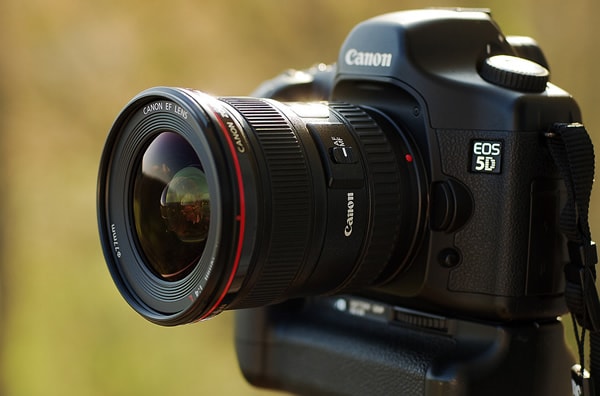
photo of a Canon 5D by 55Laney69
The most important item for landscape photography is the camera. You can ask a dozen different photographers what camera is best and you will probably get a dozen different answers. The two words you will hear the most are Nikon and Canon. The rest of their answer will be a variety of different models that will leave your head spinning. The point is you will need a Digital SLR camera of some kind that has at least 12 mp to get you started.
Your camera choice should overall be based on how much money you want to spend. The goal is to get the best camera that is within your budget. I would also highly recommend buying a camera new. There are just too many unknown factors when buying a used or even refurbished camera. Once you do have a great camera, it’s imperative that you better understand the best camera settings for landscape photography.
The Camera Manual
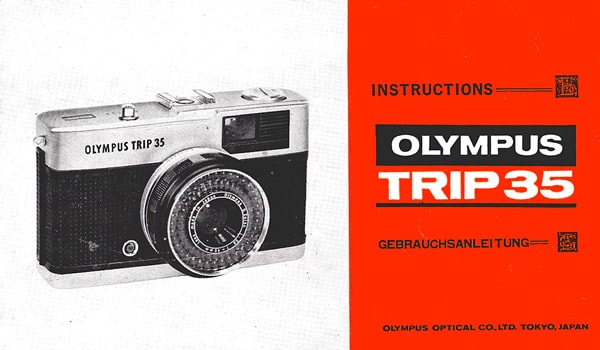
image by zaphad1
The camera manual is the holy grail of useful items for any photographer. Do not throw this away! DSLR cameras are complex and the manual will become your best friend.
Lenses
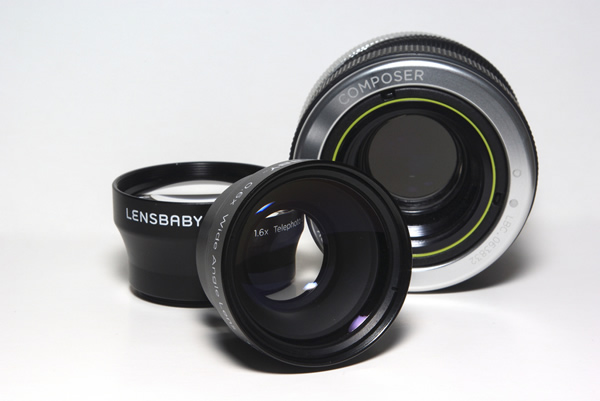
picture by JonasDobravolskas
What lens you choose can make all the difference in landscape photography. However there is no one size fits all answer to which lens works best. Since most landscape photographers are also hikers, you don’t want to carry around pounds of equipment. It would be nice to find a lens that does it all, but unfortunately that doesn’t exist.
With so many lenses to choose from it can be a pain to understand which lenses work best for what you want to capture. The wide angle lens is typically the best go-to lens for landscape photographers. The wide angle is most desirable because it can capture a larger than life perspective of any scenery. Depending on the brand of camera this would fall under the 14mm – 35mm lens range.
Filters

photo by Ravigopal Kesari
Filters are the difference between a nice photograph and an amazing one. One issue that all landscape photographers run into from time to time is an overcast sky. You can’t control the weather, but you can fight it. One way to fix this problem is a polarizer filter. This filter helps with glares, reduce brightness, and increases saturation. This filter works best when the sun is either to the left or right corner of the frame or directly overhead.
There are two types of polarizer filters. Most digital cameras can only use a circular filter. A quick reference at your camera manual should tell you what kind to buy. Linear polarizers are primary used by older manual focus cameras. The other note to make here is to purchase a high quality filter from a notable name brand. Some cheap filters are not worth having and can do more harm than good.
The graduated neutral density filter is also highly recommended. This filter limits the amount of light that reaches your camera’s sensor. The purpose of this filter is to help balance the exposure. This is particularly useful when photographing a sunrise or sunset scene. Often what you see is not what you get when photographing this type of scene. The colors are just not as bright or are washed out by a bright white. The GND filter helps balance this out by making the sky darker and the ground lighter which helps get what you want to capture on camera.
A Lightweight But Sturdy Tripod
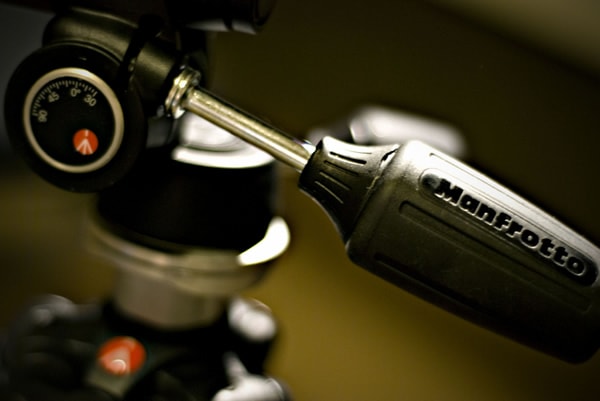
tripod photo by Shawn Leishman
It never hurts to have a tripod around when you need one – and it can prove very useful especially when photographing landscapes. The trick here is to find a lightweight tripod that can still support your camera with all the bells and whistles attached.
Camera Bag
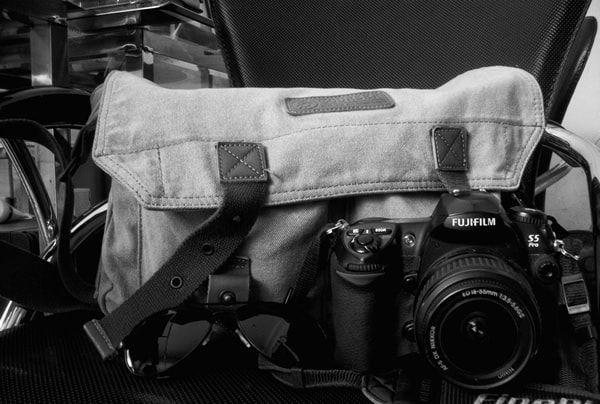
photo by dubing33520
Most landscape photographs prefer a light-weight, waterproof back pack that is made to carry a camera and additional lenses. You may also want to invest in a smaller camera bag for those quick trips out.
Tips and Tricks
Don’t be afraid to try new angles. This is especially true if you are photographing an area that is a popular hot spot among photographers. Change your point of view and try several different angles to get something new.
The Golden hour (the time just before sunrise and right after the sunsets) will provide the best lighting and colors for landscape scenes. When photographing in the mountains the golden hour may not come when you expect. Depending on the angle and the position of the mountains the lighting may change very quickly.
Considering shooting your images RAW and using a RAW processing software for editing. Shooting RAW captures the best quality and allows you to edit the original images. You can always convert them to a JPG later.
The rule of thirds is a clichéd technique, but is actually very useful for landscape photography. If you are not sure about the composition of your photo try dividing the image into thirds. Most digital cameras come with a grid mode that allows you to see the image in thirds. The goal here is to keep your focal point from being in the center of the image and to create a balance with surrounding objects.
Don’t feel that you need every piece of equipment mentioned above to get the perfect shot. What works for one photographer may not work for you and that is okay. Professional photographers don’t get it right all the time either. It can take several attempts to find what works for each shot. Keep trying new things until you find what works best for you.
